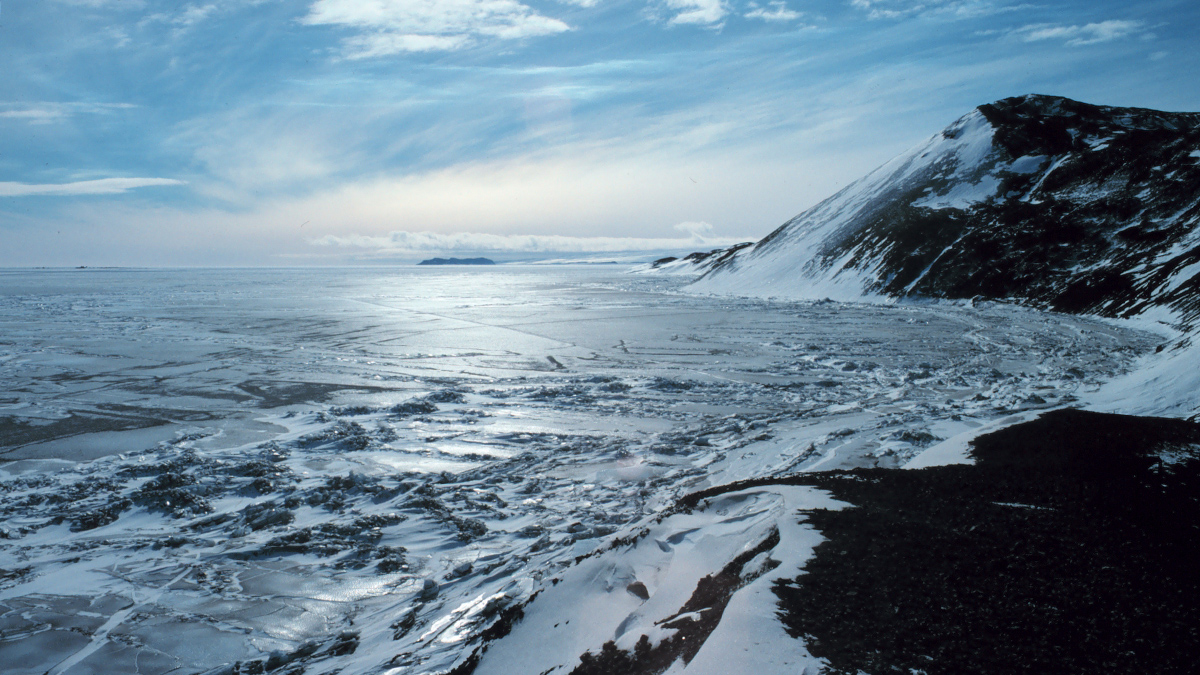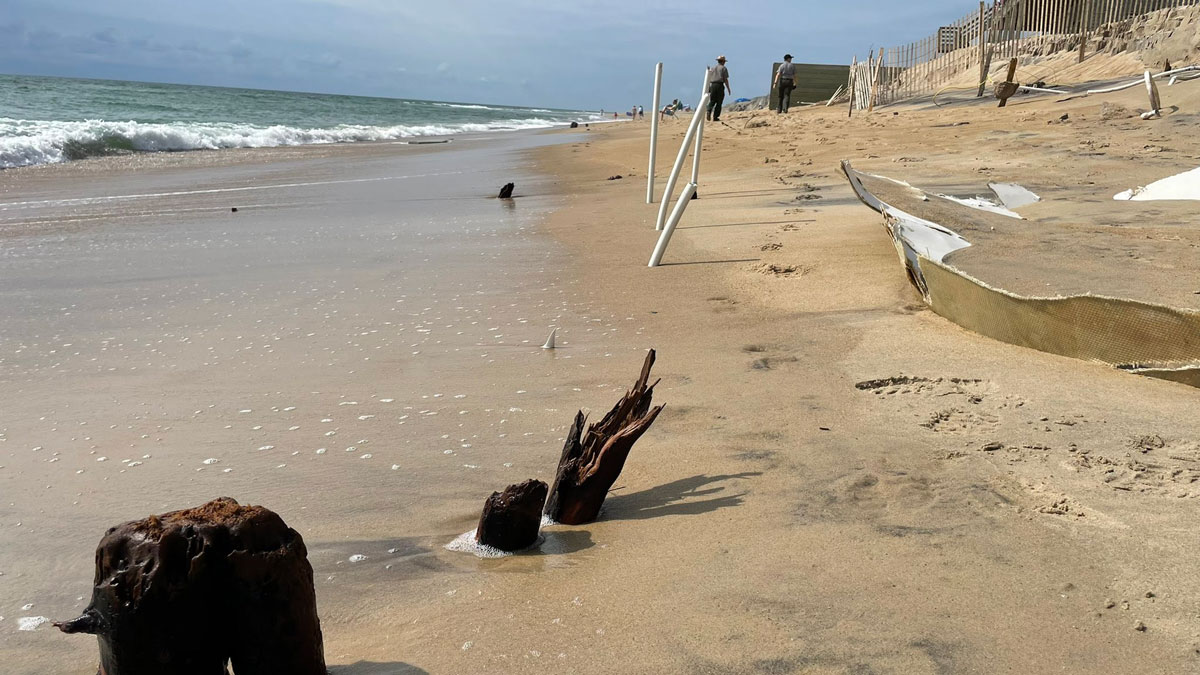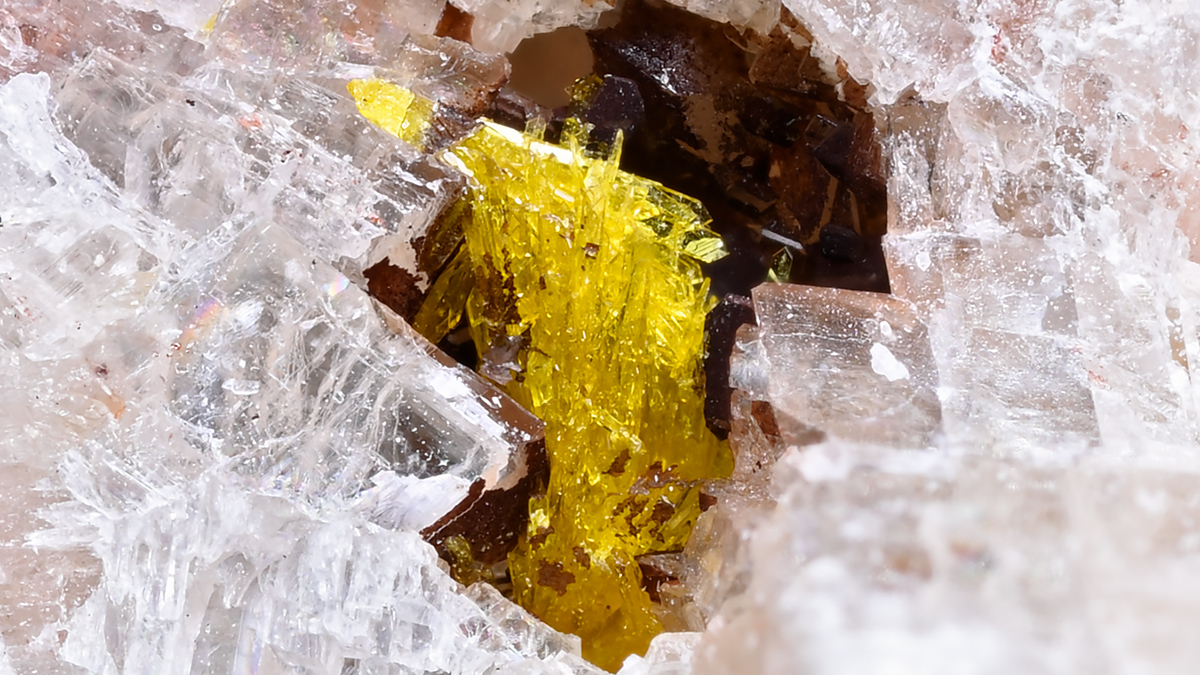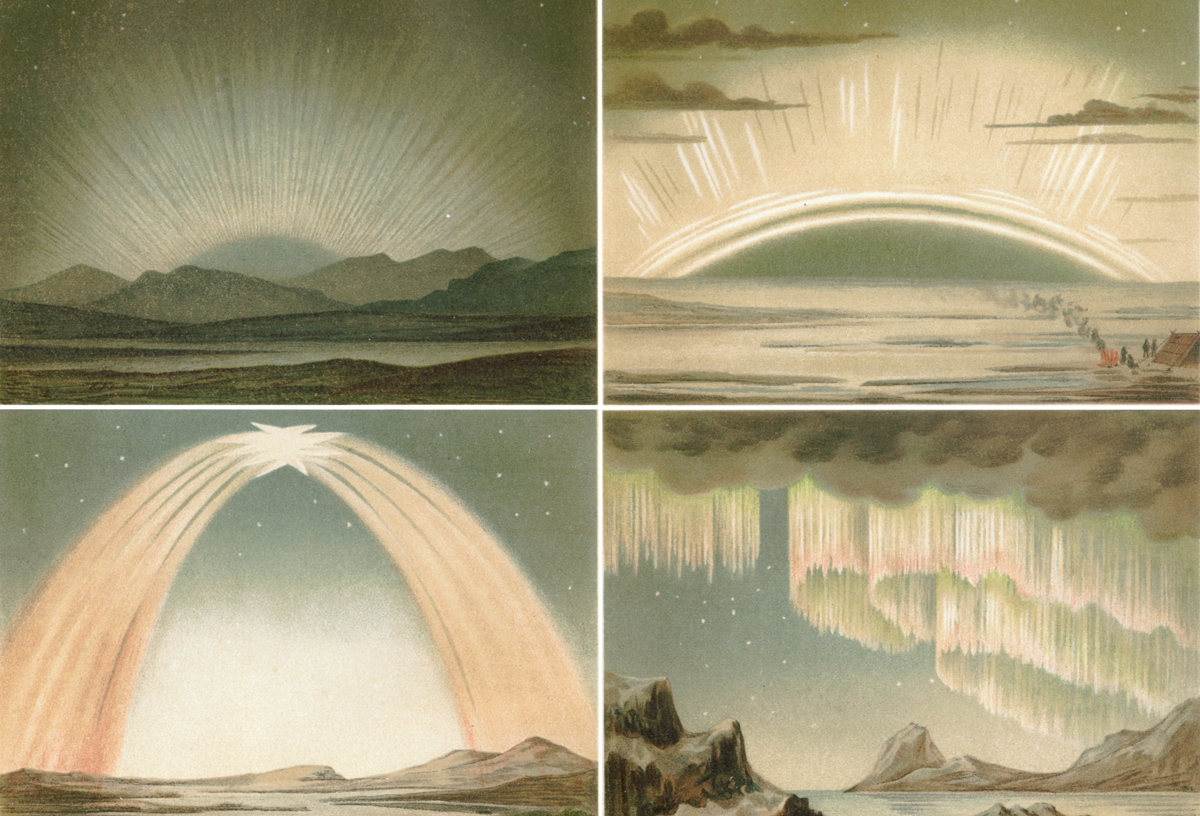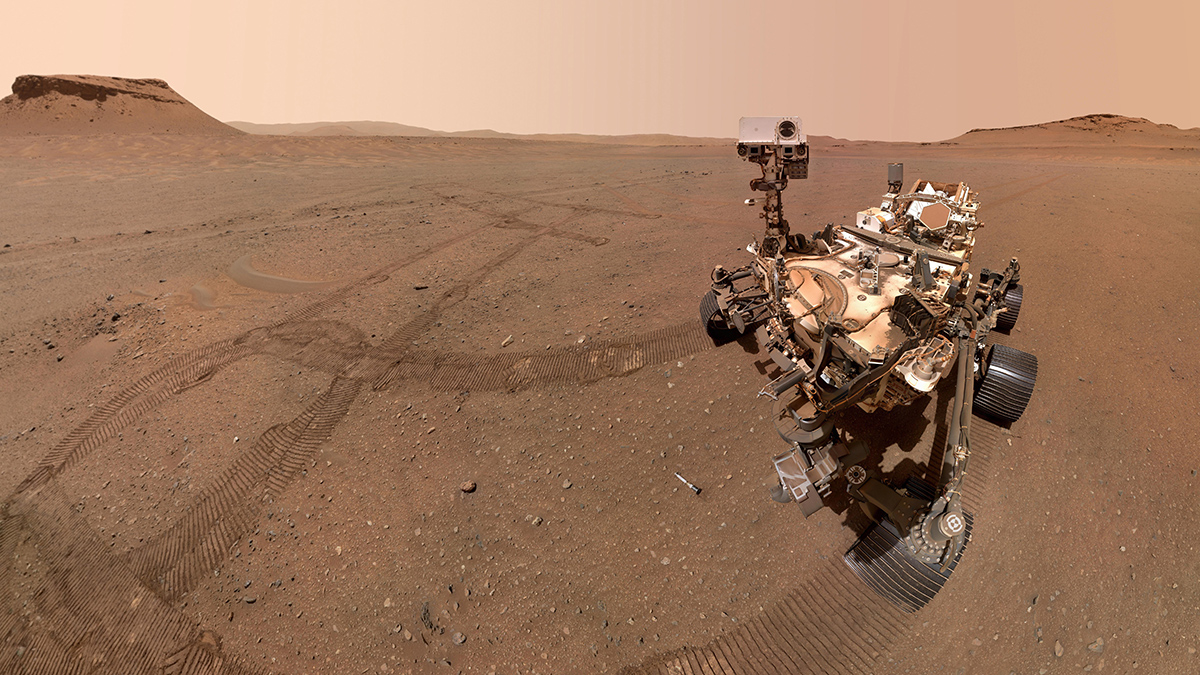By analyzing sulfur and volcanic ash entrained in ice cores, researchers pinpointed a caldera in the remote Kuril Islands as the site of an unidentified 19th century eruption.
history
Cold Days Bring Fast Ice
Thirty-seven years of observations reveal the meteorological conditions that lead to persistent, thick fast ice in Antarctica.
What 92 Years of Data Say About Ice Cover
New research on Mohonk Lake in New York investigates how changing ice phenology alters temperature dynamics in lakes.
Buried Tree Stumps Show Shoreline Shifts of the Outer Banks
Storms are unburying centuries-old stumps on North Carolina’s barrier islands. Researchers hope these long-gone forests can help land managers plan for the future.
Straightening Out Uranus’s Magnetosphere
New analysis of Voyager 2 observations shows that the craft arrived amid gusty solar wind, muddying our ideas about the giant planet.
Few Minerals Are Named for Women
New research shows that that less than 3% of all minerals are named after women, and progress has stalled since 1985.
Sedimentos Caribenhos Rastreados até o Terremoto e Tsunami Português de 1755
Arqueólogos escavando na Martinica encontraram por acaso o primeiro depósito de tsunami do terremoto encontrado no Novo Mundo. Ao que parece, o tsunami deixou um forte rastro, pois a onda passou por cima de um rio.
了解地球物理学:追踪 AGU 期刊文章标题的演变
一项新研究对 AGU 期刊文章标题中最常用的词汇进行了分类,并探讨了这些词汇讲述的地球和空间科学领域发展的故事。
El pasado, presente y futuro de traer muestras extraterrestres
La obtención de muestras de cuerpos distantes del sistema solar ha revolucionado nuestra comprensión del cosmos y del lugar que ocupamos en él.
Encuentran contaminación por cobre de 5,000 años de antigüedad cerca de las pirámides
Una nueva investigación geoarqueológica demuestra que la metalurgia en el antiguo Egipto provocó una importante contaminación en un puerto cercano.


